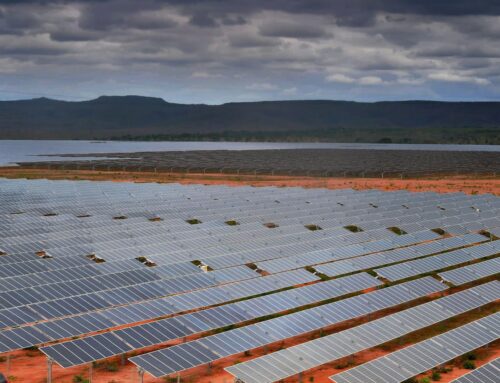China Built More Clean Energy Than Coal—But Can’t Use Half of It
April 25, 2025
For the first time in its history, China has more wind and solar power capacity than fossil fuel-based thermal power, the country’s energy regulatory said on Friday. The country’s renewable fleet hit 1,482 gigawatts at the end of March, crossing a symbolic threshold that makes for great headlines—but less great power reliability.
Because here’s the catch: while renewables now account for more than half of China’s installed electricity capacity, they still delivered just 22.5% of actual power consumption in Q1. Grid bottlenecks, outdated transmission infrastructure, and a system that still favors coal have stunted the potential of all those shiny new solar panels and turbines.
To be fair, China reached its 2030 renewables target six years ahead of schedule. But the rush to build came at a cost—especially for the energy storage sector, which is now paying the price for overambition and geopolitical whiplash. Massive subsidies and speculative overbuilding led to a 3x growth in battery capacity between 2020 and 2023. Then the U.S. slapped up to 125% tariffs on Chinese energy gear, wiping out a key export market and triggering a sector-wide hangover.
Now, China finds itself with gigawatts of clean energy and nowhere for it to go. In places like Gansu and Inner Mongolia, wind and solar farms are producing power that the grid can’t absorb. Storage systems, often mandated by policy, are sitting idle. And as profits fall and expansion slows, even energy giants like CATL and Sungrow are being forced into retrenchment.
The long-term plan still calls for 100 GW of new energy storage by 2030—but in the short term, 2025 looks like a year of hard resets.
By Julianne Geiger for Oilprice.com
More Top Reads From Oilprice.com
- Chevron Revives Exploration Efforts in Namibia
- Weak Demand Set to Drag China’s LNG Imports Down by 20%
- Eni Keeps Buybacks by Cutting Capex and Costs Amid Oil Price Slide
Search
RECENT PRESS RELEASES
Related Post




